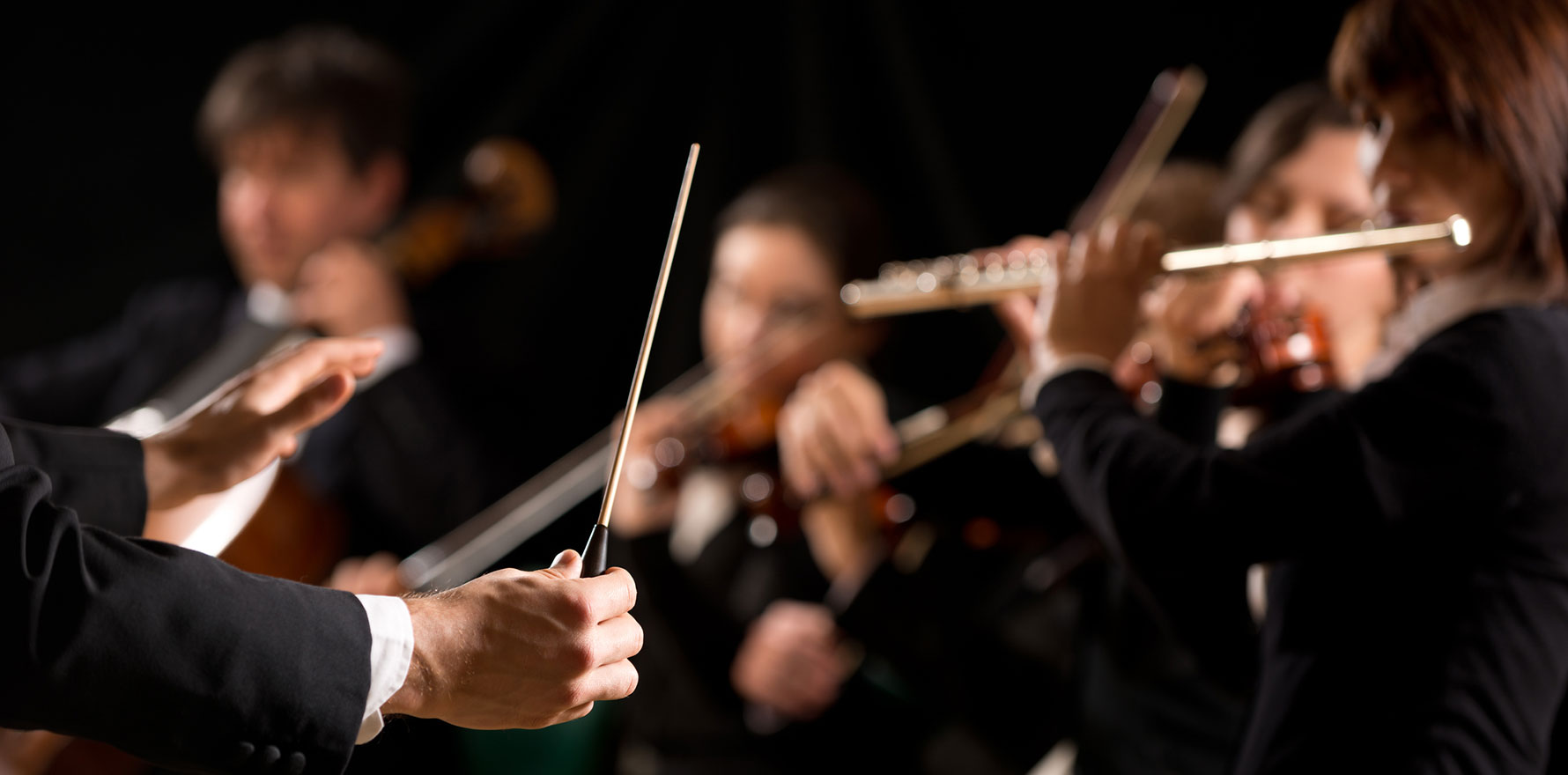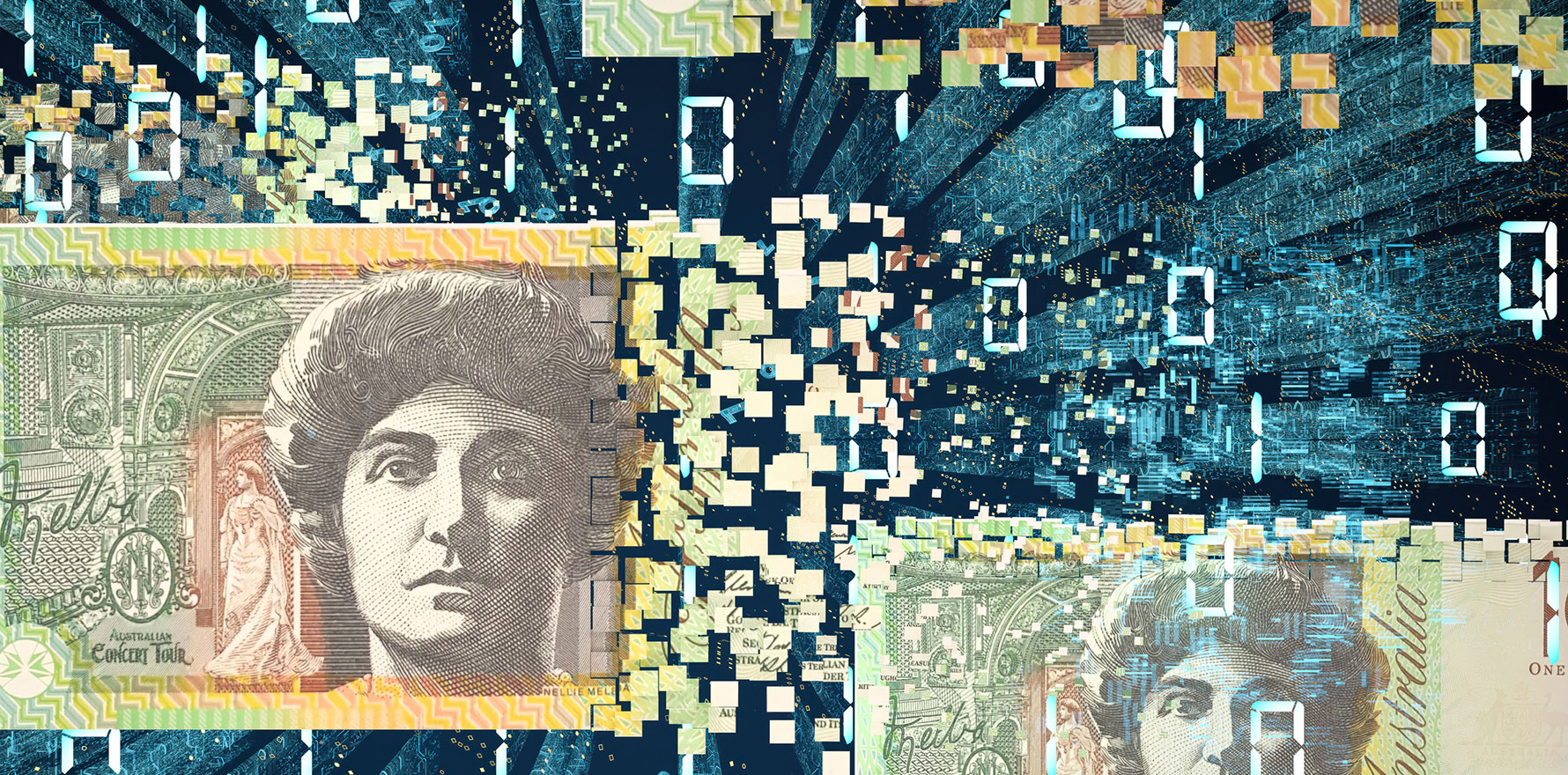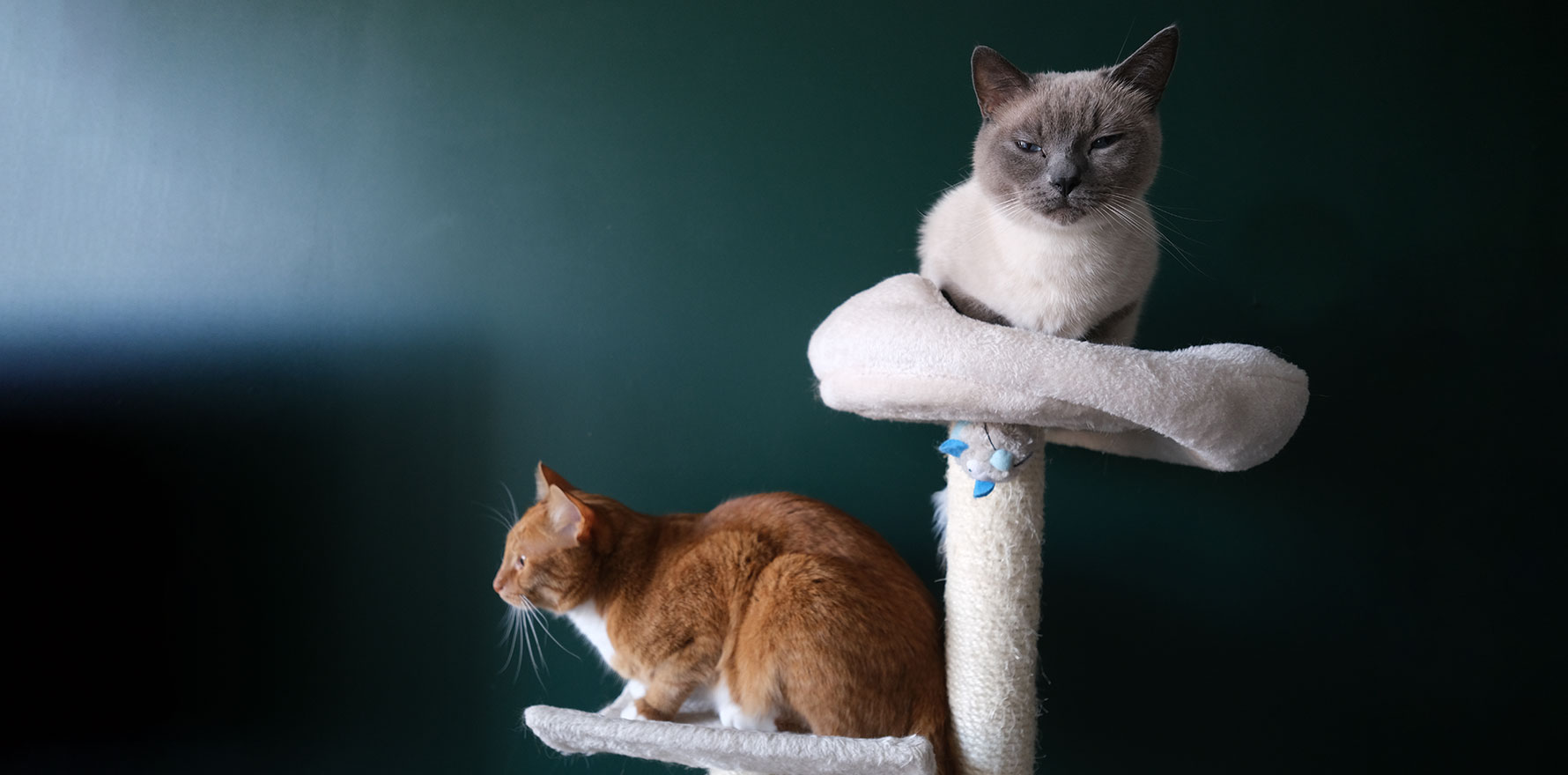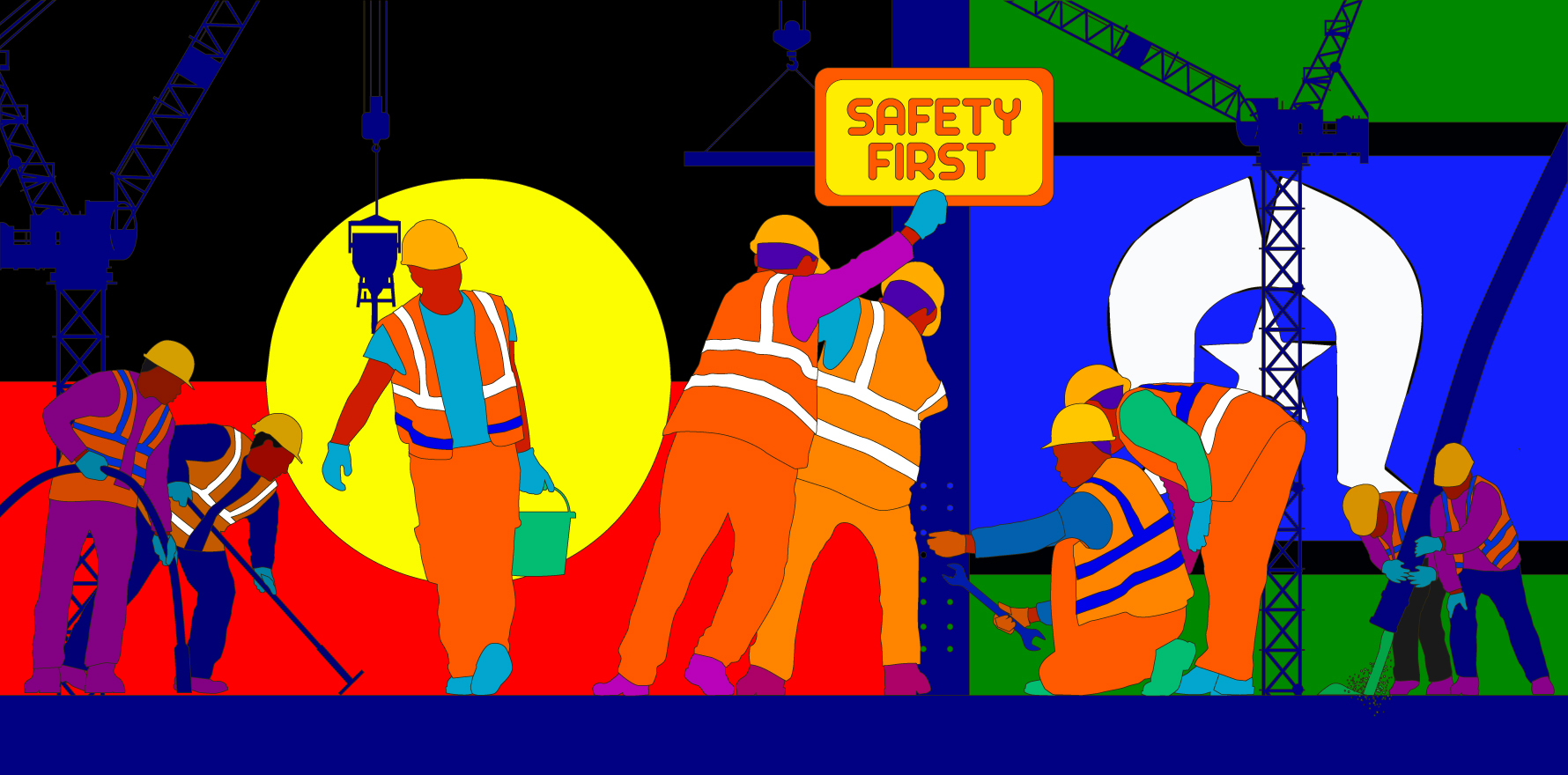The days of the all-knowing individual are over. Collaboration is everything.
A while back at a medical education conference, I met a neurosurgical unit director who wanted to vent.
There were five neurosurgeons, himself included, in his unit, and he led an accredited trainee program in the UK. His trainees had provided consistent feedback that they had to constantly adapt their clinical management to second-guess the management plans according to which “boss” was on call that day.
The trainees were dealing with constant ambiguity thanks to each surgeon’s conviction that they were in charge and things would be done their way. What the trainees needed was something concrete.
Turns out, my colleague had spent five years mollycoddling his fellow neurosurgeons’ “need” for professional autonomy. I empathised.
Many doctors prize their professional autonomy above all, even though autonomy is a nemesis to collaboration.
Independence was well suited to a time when medical practice was a cottage industry. But where does that need for autonomy come from, and is it still a legitimate aspiration? Are autonomy and collaboration really mutually exclusive? Here’s my perspective.
Shamanism (yes, we’re starting way back) is even older than the oldest profession.
The first healers embraced religion or spirituality as a part of their craft, only recently substituting the scientific method. But they remained polymaths, cherry-picking from philosophy, alchemy, astrology and so forth. Autonomy and self-belief were key. This was pure eminence-based medicine and very much an individual endeavour.
Related
Today, medicine is a team sport. We warehouse the sick in factories called hospitals. This makes care more cost-effective and scalable, but arguably is more beneficial to the providers than those requiring care. Hospitals increasingly provide multidisciplinary care, which is slowly extending into services in the community setting.
The privileged few who make it into medicine come from individualistic and highly competitive educational systems. You must individually win at high school. Then you must again compete and win at your undergraduate university course, and subsequent medical school. Following this you compete against others to get into a highly contested traineeship of your choice. It’s constant serial competition as an individual.
“Assessment drives learning”, some say. Individual assessment disregards the team. Team assessment disregards the individual.
Neither is sufficient for medical education settings, where we need measures that attend to the individual while also accounting for their interdependence with other team members. Nothing’s perfect, but this is a part of the Assessment Problem. (There are others, but they are beyond the scope of this article.)
My ophthalmologist uses a team of nurses, each measuring a different aspect of vision, before I get to see him. When I finally do see him, we swap stories about our kids and holidays.
Orthopaedic surgeons rely on physiotherapists to maximise their patients’ outcomes. Cardiologists need a cardiac rehabilitation team. Gastroenterologists need nutritionists and dieticians. Endocrinologists need nurse diabetic educators.
Moreover, multidisciplinary teams are getting bigger. Sub-specialisation is not dissimilar to Medusa’s head.
When I go to work these days, I see myself as a conductor of a highly trained orchestra. My nurses are like excellent musicians proficient on their chosen instrument, as are the indigenous health workers, peer support workers, pharmacists. They are all my eyes and ears, and they know that if anything goes wrong, I’ll have their back. After all, you can delegate a task, but you can’t delegate responsibility. My crew and I are a team of collaborators, bonded by mutual respect and a shared mission.
Ask a room full of adult drivers to put up their hand if they believe they are a better-than-average driver. Every hand in the room will shoot up. Now imagine asking a room full of senior doctors to put up their hand if they believe they are better than average. The prevailing culture will ensure that every hand goes up.
If you really want to know how good a surgeon is, ask a patient, a theatre nurse and his anaesthetist. If you really want to know how good a specialist in internal medicine is, ask the ward clerk.
My hypothesis is that doctors judge their ability in terms of their self-belief regarding the role as medical expert. Patients and staff view the doctor’s ability by what they observe as their competencies in communications, advocacy, teaching, management and teamwork, research, cultural competency, professional behaviour, displaying humanity and collaboration.
By working with a team, patient management benefits by having different eyes and ears on the patient’s needs instead of the pure medical expertise required to treat the condition.
In 1996, the Royal College of Physicians and Surgeons of Canada published their seven-competency framework, named the Canadian Medical Education Directives for Specialists (CanMEDS). One of those competencies is as collaborator. Since then, CanMEDS has permeated into most medical colleges worldwide.
But it’s one thing to be enshrined on paper and another to infiltrate practice culture.
Multiple health ministries have attempted to strategise collaboration into practice, but we all know that “culture – no matter how defined – is singularly persistent”. Why this persistence?
What we do to develop human potential through life shapes how well people do in jobs, how well they can adjust to the churn in the job market, whether they end up feeling they’ve had a satisfactory career.
Our present education system was born in the industrial revolution and designed to create an “industrial revolution” workforce.
My question is: can we re-engineer our primary and secondary education systems to inspire a more collaborative workforce culture before entering the university and medical school space? Because by then, it may be too late.
Associate Professor Kees Nydam was at various times an emergency physician and ED director in Wollongong, Campbeltown and Bundaberg. He continues to work as a senior specialist in addiction medicine and to teach medical students attending the University of Queensland, Rural Clinical School. He is also a poet and songwriter.





